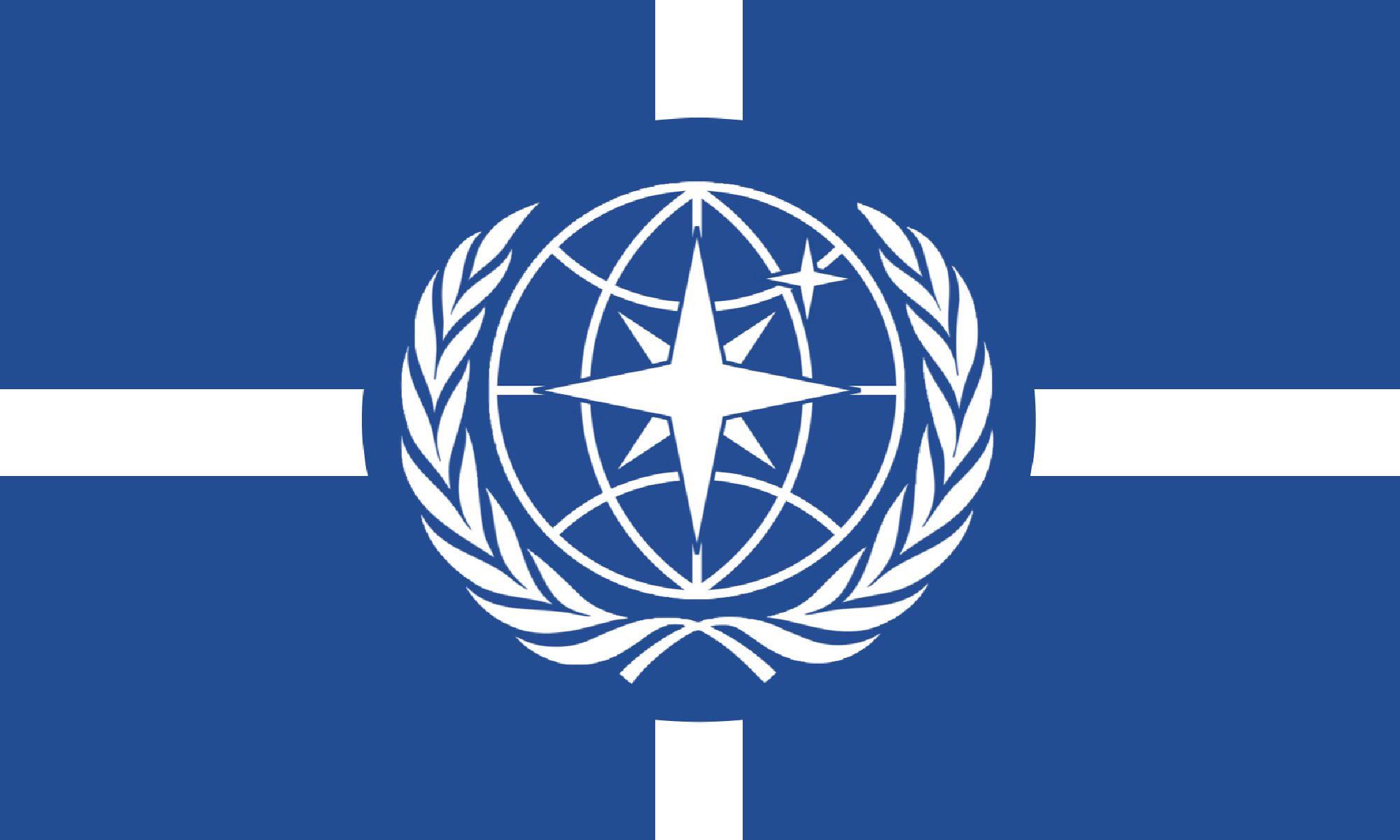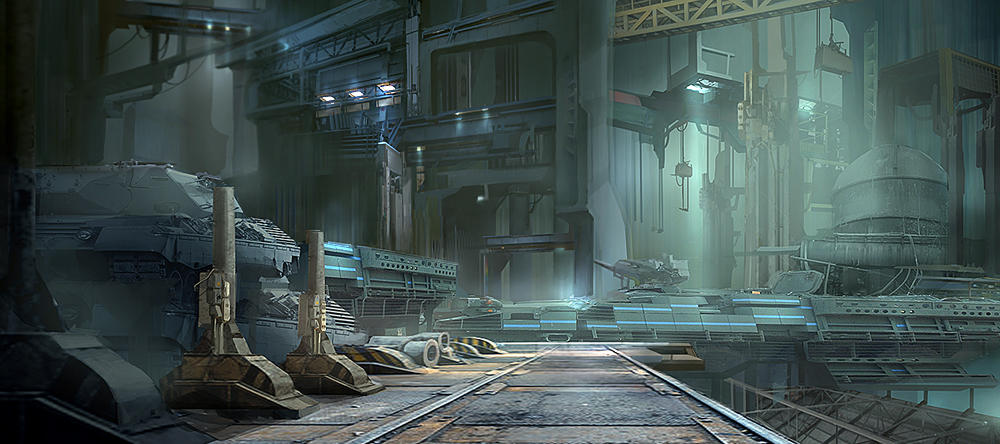Fulcrum

Motto
| **Scientia Viresque Coniunctae ** | "Knowledge and Power United" |
|---|
History
| Founded | February 15, 1985 |
|---|---|
| Founders | Lutierre Corporation (now Strategic Innovations) |
Government
| Type | Technocracy |
|---|---|
| Body | Akai Dynamics |
Area
| Total | 989 km² |
|---|
Population
| Total | 2,538,425 (2018) |
|---|---|
| Density | 2,566.65/km² |
Fulcrum (officially Evolutionis Civitatem Fulkrum, also known as the City of Evolution) is an island country and city-state in the North Pacific Ocean, bordering Japan to the west and unclaimed ocean to the north, south, and east. The country’s territory comprises one main island and 42 satellite islands and islets. With more than 2.5 million residents throughout the country, most of which is concentrated within the city, Fulcrum is one of the world’s most densely populated countries.
Fulcrum is known for its technological advancements and numerous award-winning scientific research institutions. The city was founded by Strategic Innovations (formerly Lutierre Corporation) and is now governed by its former subsidiary, Akai Dynamics, which has been consistently ranked the No. 1 research institute in the world.
Fulcrum also has one of the highest metahuman populations of any nation in the world, with 32% of its population expressing some degree of extranormal ability. The city has garnered international recognition for its dedication to education, innovation, and fostering the development of exceptional abilities, which makes it a popular destination for researchers and educators.
English is the lingua franca used for administration and legislation, though Latin is commonly taught in schools as well.
History
Background (1945-1952)
In the aftermath of the global upheaval resulting from World War II, the Lutierre Corporation acquired a remote island situated off the eastern coast of Japan called Shōtenjima from the Shōwa-era Japanese government in 1945. The island was chosen due to its strategic location and its hydroelectric potential, with two rivers and five planned dams. The conglomerate initiated ‘Project Fulcrum’ to establish a high-security research facility that brought together the best of the best from across the world. Lutierre envisioned a secure, isolated facility where research could be carried out without national or ideological restrictions.
On November 7th, 1952, visionaries, scientists, and inventors from the United States, France, the United Kingdom, Japan, and the Soviet Union were flown in to live on the island. Together, they established a research institute named Akai Dynamics. As a Lutierre subsidiary, Akai Dynamics was financed by voluntary contributions from its Board of Directors.
Early history (1952-1980s)
Owing to Japan’s record period of economic growth in the post-WWII period to the end of the Cold War, Fulcrum experienced rapid expansion as Akai Dynamics began hiring more staff. Fulcrum saw a large wave of immigration as the Lutierre Corporation, consolidating its global research assets, relocated a significant portion of their operations to Shōtenjima. By the 1960s, Fulcrum had developed into a city of laboratories, advanced manufacturing zones, and residential areas. The Lutierre Corporation encouraged skilled workers, scientists, and entrepreneurs to permanently migrate to the island.
Fulcrum’s technological output led to increasing autonomy. Akai Dynamics commissioned the construction of the first research and training facilities for individuals with potential to develop extranormal abilities.

Cold War era and independence (1980s-1991)
The 1980s saw a reawakening of Cold War tensions and conflicts, leading to heightened scrutiny of Fulcrum. Fears of escalation and the threat of Akai Dynamics’ research output motivated both Western and Eastern blocs to claim the island. American and Soviet negotiators sought to bring Fulcrum’s scientific output under their control, mounting diplomatic pressure on the Lutierre Corporation to align Fulcrum with one faction. This race extended beyond traditional military assets, encompassing espionage, covert operations, and psychological warfare.
Precautionary measures were introduced to Fulcrum, such as satellite surveillance and tightened regulations on entering or leaving the city. Multiple low-intensity conflicts between the Lutierre Corporation private militia stationed on the island and foreign forces occurred throughout this time period.
Amid rising international tensions, the French government demanded that the Lutierre Corporation place an embargo on the Soviet Union in the interests of preventing further escalation. Due to internal pressure to protect the corporation’s interests, and mitigate the risks posed by external influence and manipulation, the Lutierre Corporation began making preparations to release Shōtenjima to Akai Dynamics and establish it as a sovereign nation.
On February 15, 1985, the CEO of the Lutierre Corporation and members of Akai Dynamics leadership held a press conference in Paris, announcing Akai Dynamics would be taking full administrative control of Fulcrum and claiming Shōtenjima as an eponymous sovereign nation. Akai Dynamics became the first corporate subsidiary in the world to form a new country. The island would be renamed Evolutionis Civitatem Fulkrum, “City of Evolution”.
Fulcrum sparked debates on the role of corporations in geopolitics. Both Cold War superpowers decried Fulcrum’s sovereignty. Fulcrum leadership leveraged the city’s strategic neutrality, presenting it as a global center for innovation, cooperation, and progress, free from political entanglements. Akai Dynamics became the nation’s governing body, operating through a technocratic council of scientists, engineers, and policymakers. The creation of a neutral charter ensured that Fulcrum would not align militarily with any major powers, while diplomatic outreach secured recognition from several nations, particularly those invested in Fulcrum’s research output.
Present day (1991 onwards)
Following the dissolution of both Western and Eastern blocs, Fulcrum resumed its focus on research. The city's distinct traits have led to international recognition as a beacon of scientific advancement. Fulcrum hosts conferences, seminars, and events for scholars, scientists, and enthusiasts across the world, and plays a unique role in global diplomacy by serving as a neutral ground for international negotiations, fostering dialogue and cooperation between nations without the constraints of traditional political allegiances.
Building on its legacy of metahuman research, Fulcrum is at the forefront of scientific discovery with commercially-available technology ahead of the rest of the world. Seating 45 of the world’s leading scientific institutes, Fulcrum’s research institutions collaborate to explore the potential of metahuman abilities, striving to unlock new possibilities for the betterment of society. Akai Dynamics recruits innovators locally and from abroad to serve as contracted researchers, fostering an environment of cross-continental collaboration.
Fulcrum plays a unique role in global diplomacy as a metropolis that transcends national boundaries. The city serves as a neutral ground for international negotiations, fostering dialogue and cooperation between nations without the constraints of traditional political allegiances.

Geography
General characteristics
Fulcrum is situated on Shōtenjima, an island within the North Pacific Ocean positioned to the east of Japan. This geographical location places the city within an expansive maritime context, characterized by the region's distinct oceanic currents, climatic influences, and proximity to neighboring landmasses. The Kuroshio Current, known for its warm waters, flows along the southern coast of the island, contributing to a temperate climate and supporting diverse marine ecosystems. The prevailing oceanic winds moderate temperatures and foster a relatively stable climate throughout the year. The proximity of the city to the ocean contributes to its propensity for rapid weather changes, influenced by maritime air masses and atmospheric conditions.
Economic effects
The island's eastern proximity to the Japanese coastline situates it within a zone of maritime interaction, contributing to its historical, cultural, and economic ties to the region. Fulcrum serves as a pivotal geographic link connecting the North Pacific to the Asian continent. This strategic location has historically contributed to the city's economic vibrancy, fostering maritime trade routes, cultural exchange, and regional collaboration.

Government
Fulcrum is governed by Akai Dynamics, a research institute. As the primary governing authority within Fulcrum, their governance is characterized by a technocratic approach, where decision-making authority is vested in individuals who possess expertise in metahuman abilities, scientific research, and related fields. Akai emphasizes the utilization of empirical knowledge and rational assessment in steering the city's development. Leadership roles within Akai are often occupied by individuals who have demonstrated exceptional proficiency in their respective fields, especially those pertaining to metahuman abilities and related disciplines. The organization's decision-making process is rooted in data-driven analysis, scientific research, and the collective expertise of its members, thus reflecting its technocratic ethos.
Demographics
The estimated population of Fulcrum (as of 2018) is 2.5 million, and the city is known for having one of the densest populations in the world. The city has a relatively young population, with a significant portion falling within the age group of 18 to 40 years. This youthful demographic is attracted to Fulcrum's educational opportunities, technological advancements, and the prospect of developing metahuman abilities through scientific research.
Akai Dynamics promotes global campaigns throughout the year to encourage metahumans from around the world to migrate to Fulcrum, frequently offering financial incentives. As a result, the city has a diverse range of ethnicities, making it one of the most culturally diverse cities in the world.
Fulcrum's metahuman population is an integral part of the city's social fabric, contributing to various fields, including research, security, and humanitarian efforts. The city provides specialized facilities and support networks to help metahumans understand and control their powers as well as integrating them into the community.

Economy
Fulcrum's economy is sustained by the synergy between research and commerce, with the presence of cutting-edge technology companies, pharmaceutical giants, and research laboratories creating a wealth of job opportunities for its residents. The unemployment rate is lower than 5%, thanks in part to the metahuman research initiatives that attract funding and talent from around the globe.
Research and development
The city is home to world-renowned research institutions, laboratories, and universities focused on metahuman studies, genetics, biotechnology, quantum physics, and various other cutting-edge fields. Public and private sector investments in R&D initiatives are the backbone of the city’s economy, with key breakthroughs in metahuman abilities, healthcare, and advanced technologies credited to the city’s various institutions.
Metahuman industries
Fulcrum is a global leader in metahuman-related industries, with many companies specializing in metahuman training and support services based in the city. These industries offer employment to both metahumans and regular individuals.
Fulcrum also hosts a burgeoning technology sector, encompassing software development, artificial intelligence, robotics, and virtual reality. Biotechnology companies focus on genetic research, pharmaceuticals, and medical advancements, often collaborating with metahuman researchers to explore the potential applications of metahuman abilities in healthcare and medicine. Fulcrum is also a hub for advanced manufacturing, particularly in the production of specialized equipment and gadgets tailored for metahumans. Local manufacturers cater to the unique needs of metahuman individuals, providing clothing that is resistant to the effects of metahuman abilities as well as equipment to assist in their usage.
Education
Main article: ASCENT (curriculum)
The education sector offers specialized courses and training programs for individuals interested in metahuman studies, metahuman law, and related fields. Educational institutions collaborate closely with industries, with several social outreach programs to ensure every graduate manages to find employment within the city or beyond.
Tourism
Due to its reputation as a metahuman research and innovation hub, the city hosts international conventions, conferences, and exhibitions related to metahuman abilities, technology, and scientific advancements. Tourism contributes significantly to the local economy, with visitors exploring metahuman-themed attractions, museums, and immersive experiences.
